Wondering how to choose the best headphones for your child?
As a parent, sometimes you just can’t face the thought of hearing Paw Patrol for the millionth time, making headphones for your child incredibly helpful. Headphones are also wonderful for travel, letting your children listen to a movie or TV show when on an airplane or on a road trip.
But what type of headphones should you get for your child?
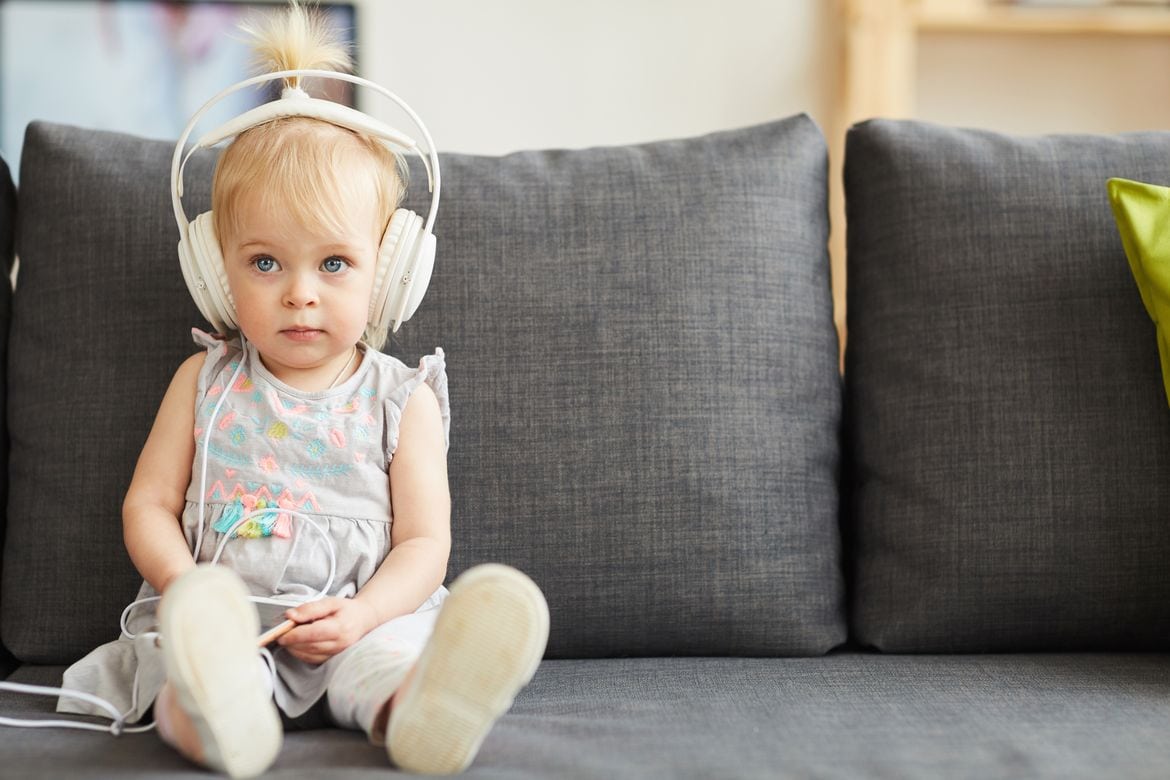
How to Choose the Best Headphones for Your Child
Here are our top tips for how to choose headphones for kids, whether you are looking for headphones for children with autism, headphones for gaming, or even headphones for watching TV.
About children and hearing damage
Protecting your child’s hearing is crucial.
I’ve seen kids crank their headphones so high that I could hear it across the room.
For personal listening devices, the World Health Organization (WHO) recommends a volume of no more than 80 decibels (dBA) for adults and 75 dBA for children (source). However, many many children’s headphones have a volume limit of 85 dBA.
In fact, many headphones marketed for kids, with brightly colored designs and child friendly packaging, have no volume limiting capabilities at all.
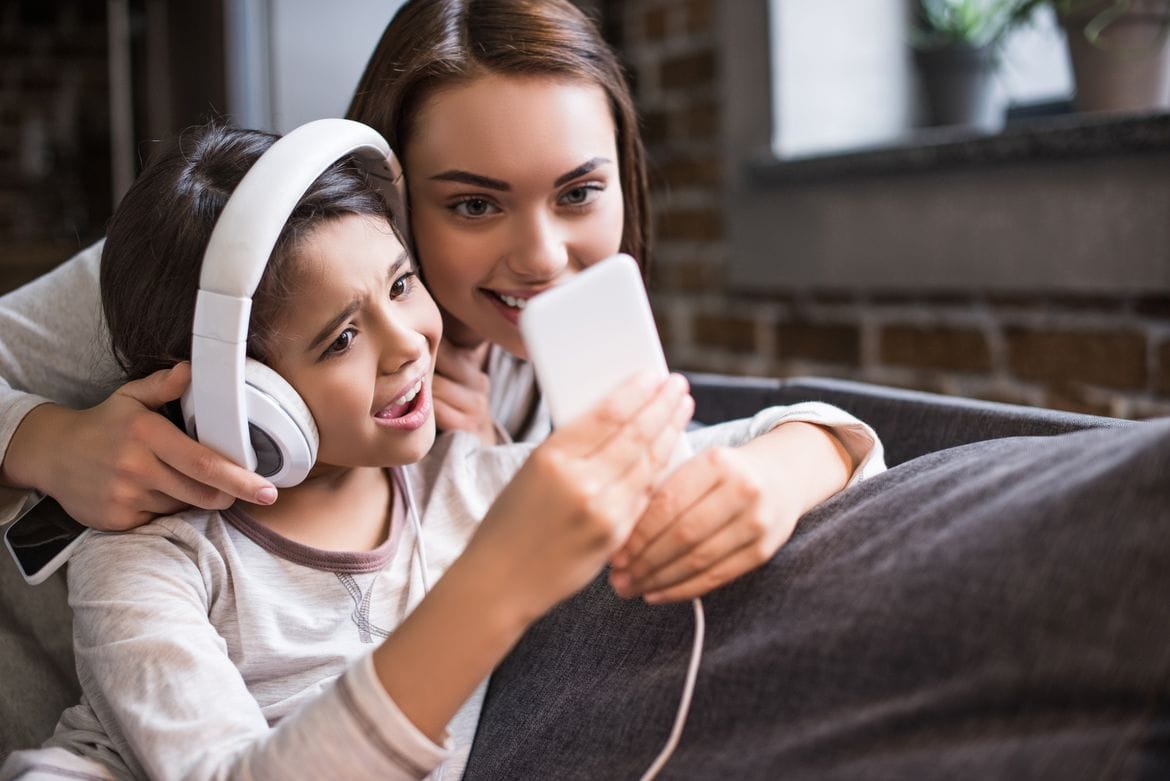
Get headphones without a limiter switch
Good kids headphones have a built-in volume limit for protection. This means that your child can’t turn the volume up to a level high enough to hurt their ears.
They come in two types: a volume limiter switch (which is usually a recessed physical switch on the headphones), or a hard-limited volume.
A recessed limiter switch can let savvy kids turn the volume limiter on and off. When the limiter is off, kids can potentially listen to dangerous volume levels.
You may want to consider headphones with hard-limited volume, which can’t be disabled.
If noise limiting is important to you, Bluetooth may be the best option, since volume on Bluetooth shouldn’t exceed a set volume limit. However, some Bluetooth models ship with audio cables for wired listening, and these models may only offer true volume limitation in wireless mode, while the wired mode may be louder.
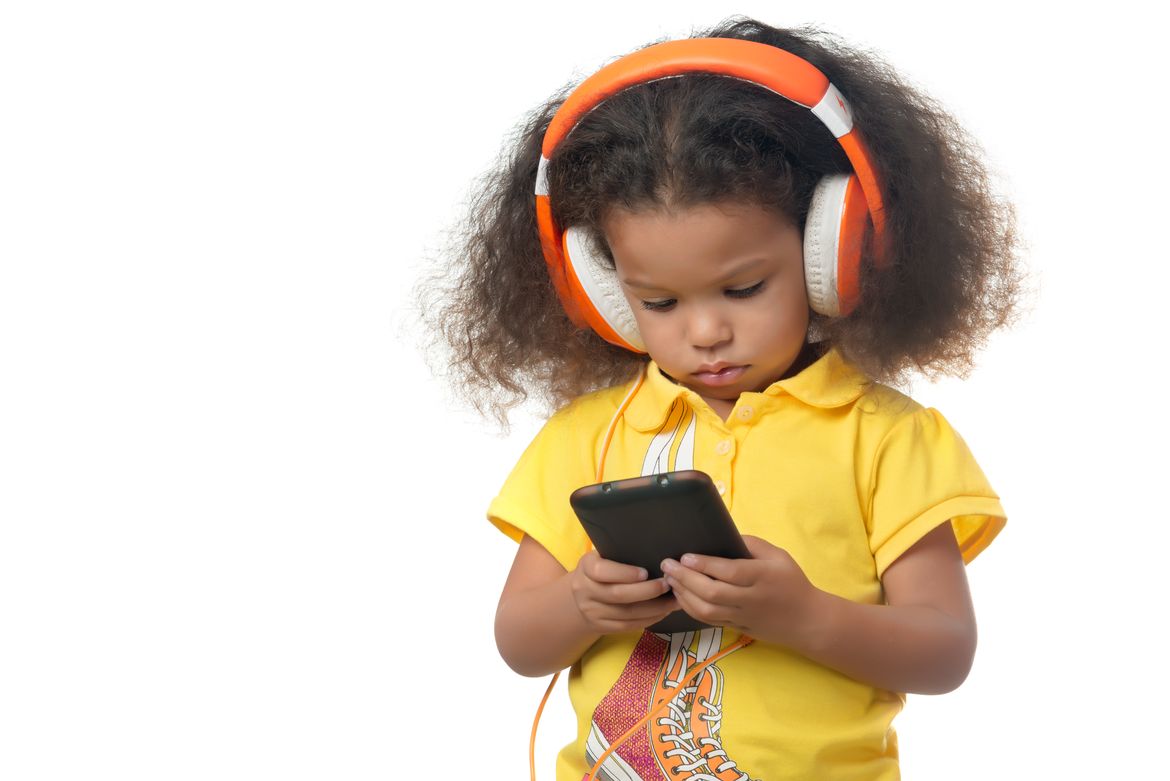
Limit volume with your child’s mobile device settings
Many mobile devices let you limit the sound output on your child’s mobile device, from within the settings menu. Most of the time, these settings can be password protected to prevent your child from going in and upping the volume.
Ask your children what they want
Getting your child’s input on the type of headphones they want really encourages your child to use the headphones.
Consider over ear headphones
Most children’s headphones are on-ear, or over the ear models.
In-ear children’s headphones are much less popular. This is likely because over-ear headphones tend to win out on comfort with younger listeners compared to earbuds. Children’s ears are small, and vary a lot in size, making wireless earbuds hard to fit. On top of that, earbuds are easy to lose, and many kids don’t like the sensation of earbuds in their ears.
Sometimes you’ll hear over ear headphones described as on-ear, and they’re generally synonymous, but over ear headphones often cover more area around and over the ear.
Consider headphones made for children
Headphones made for children are often designed to be a better fit for smaller heads. They also have child friendly colors, and design items like easy to press buttons for small fingers. Many headphones made especially for children have a special feature that limits volume to prevent hearing damage.
Get a good fit
Before I bought my last pair of nice headphones, I visited a couple of stores to physically try on a few headphones. For a pricier pair, you may want to do that with your kids. For less expensive headphones, make sure you can return them if they don’t fit well.
There’s a wide difference in size between a five year old and a ten year old, and many headphones market themselves to a huge age range. That means that they likely won’t fit some kids.
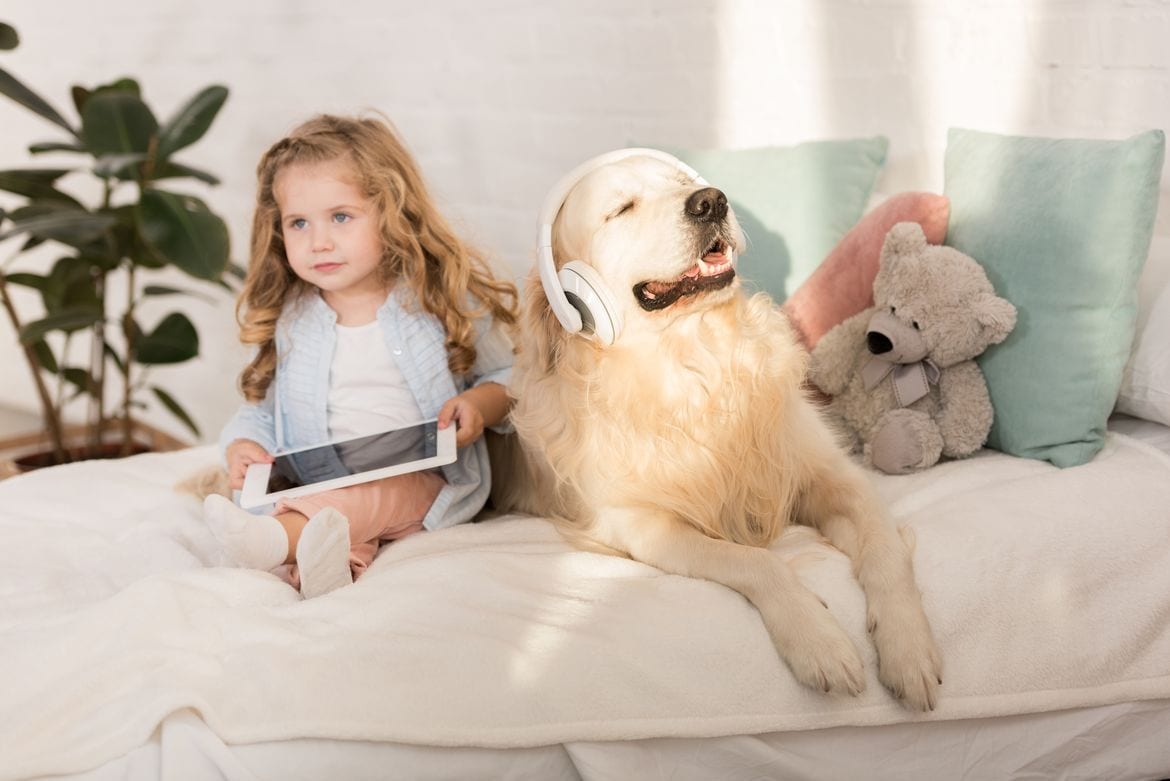
Decide what features you need
For such a simple item, there are a surprising number of features to look for when choosing headphones. Do you want wired or wireless headphones, or waterproof headphones? Is it important to have easy to operate kid-friendly buttons for adjusting volume? Can you daisy-chain two sets of headphones together, so two children can listen to the same audio?
Microphone
While a microphone is a default on adult headphones, it isn’t always included on children’s headphones. You may not want your child to use the headphones like a gaming headset, where they can talk to people, for example. However, a microphone is essential for activities like Zoom and FaceTime calls to the grandparents.
Noise cancellation or noise isolation
First of all, what’s the difference between noise cancellation and noise isolation?
Active noise canceling headphones use software to filter out noise from around the room. However, noise isolation refers to the physical noise barrier on the headphones.
Noise cancellation sounds like a wonderful feature, until you’re trying to get your kid’s attention from across the room. Noise canceling can also be potentially dangerous for kids by making them less aware of potential dangers around them.
Price point
Most parents I know are pretty hesitant to spend $100 on their kid’s headphones, given how likely children are to break or lose headphones. The good news is that there are plenty of options for under $50, and many for under $30.
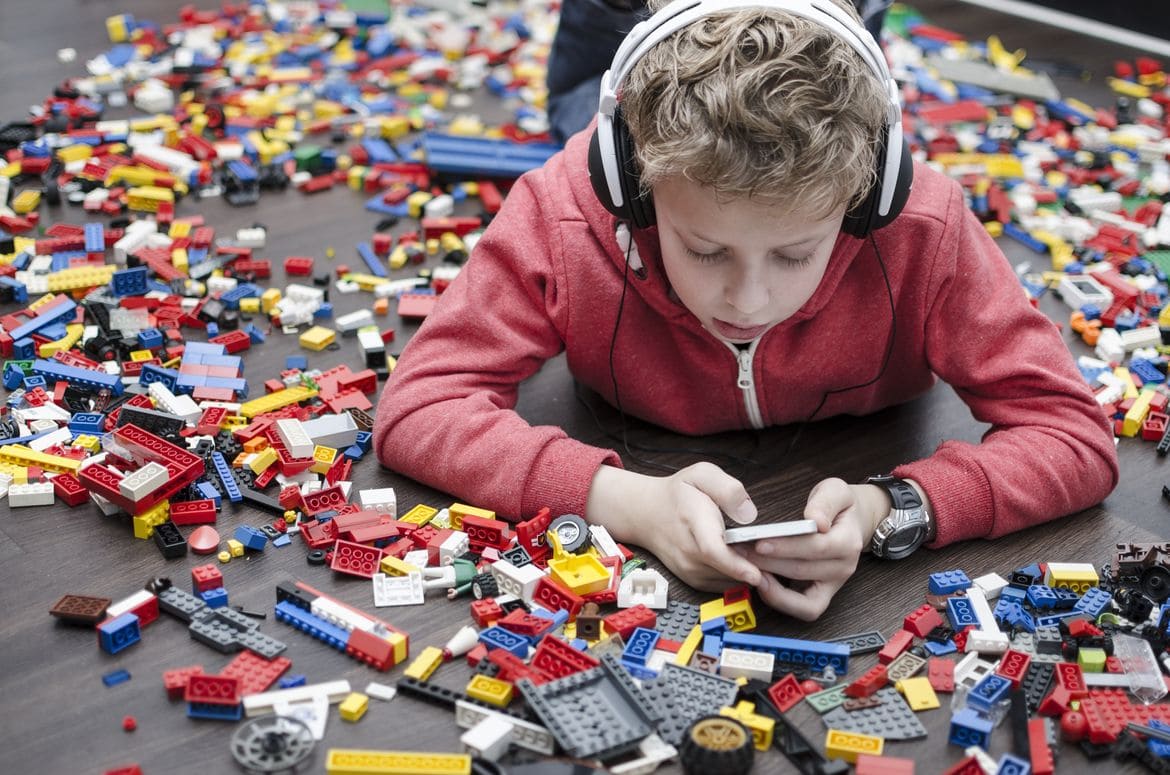
Sound quality
Many cheaper kids headphones definitely sacrifice sound quality for cost. That said, there are plenty of children’s headphones with decent, clear sound.
How durable are they?
Some children’s headphones have a specialized ruggedized design to help reduce damage.
Wired or Wireless
Wireless headphones give your child more range of movement, so they’re perfect for restless kids.
You’ll need to charge wireless headphones, which can be an issue with younger kids. This is the first year I haven’t had to remind my youngest (who turned 13 this year) to charge her device.
Tip! Many wireless headphones can’t be used while they’re charging.
Wired headphones do have some advantages. They are less expensive, and they don’t need to be charged.
Wired headphones don’t get misplaced as often as wireless, since wired headphones are plugged into your child’s device.
Wireless vs true wireless
I honestly had no idea there was a distinction until I researched this article, but wireless headphones come in two kinds: wireless and truly wireless.
Regular wireless headphones have two ear pieces connected by a cable. The cable acts as an antenna, and often has a volume or other controls on it. It’s wireless in that it isn’t connected to the device by a cable, but there is a wire between the two ear pieces.
Truly wireless headphones are what I think of when I say wireless. They have no wire connecting the two ear pieces.
Truly wireless headphones are more expensive.
Wireless
Wireless headphones are hugely popular, but there are a couple of questions to ask to make sure you get a good pair.
How long do they last on a charge?
Do the wireless headphones come with a cable so they can be used as wired headphones?
Do you have any tips for choosing headphones for your child? Let us know!
